Gender Equality – Global Awareness & Understanding Lesson Plan 1
Possible Subjects: Geography, English, PSHE
Years: 7-12
Lesson: 1 of 3
Learning Outcome
Learning to work together as a group to present evidence that shows understanding of gender equality in a global context.
Resources
Definitions & Resources
Lesson Overview
Gender equality is not only a fundamental human right, but a necessary foundation for a peaceful, prosperous and sustainable world.
There has been progress over the past years and decades, with more girls attending school, women serving in more leadership roles, law reforms to address gender equality and women being recognised for their efforts. However, there is room for more to be made.
‘Achieve gender equality and empower all women and girls’ is the 5th of 17 Sustainable Development Goals (SDGs) defined by the United Nations. This also encompasses transgender and nonbinary people.
The Sustainable Development Goals for Gender Equality are a compass to help navigate the change the world recognises that we all need to make in the right step towards gender equality. This is a change for the better! Now the momentum needs to keep building to ensure that the goal of gender diversity is kept as a high priority, so we keep moving forward.
This lesson plan puts an emphasis on the current gender inequalities in a global context and will allow the students to explore the impact and consequences of the gender gap on different areas such as education, employment, politics, agriculture, domestic violence, etc.
Tuning In – ‘What do students know about gender equality?’
DO: Gender Pay Gap Activity
Introduction (5 mins)
- Split the class into 2 groups. The groups can, but don’t necessarily have to, be boys or girls. You can choose to split the students by light or dark hair, or tall or short height.
- Have both groups execute the same simple and quick task, depending on the resources available in the classroom. For example:
- Sort out marbles per colour
- Arrange books by alphabetical order
- Each group cleans one half of the whiteboard
You can choose any task that would be best suited for your class age group. The goal is for both groups to be able to produce the same result in about the same time.
- Choose a reward system depending on your resources and class age group and reward both groups differently. For example:
- Group 1 gets to sit while Group 2 needs to stand
- Group 1 gets a significantly higher fictional grade than Group 2
It has to be clear for both groups that they get a different reward for having accomplished the same task.
Finding out – ‘Students investigate gender equality, research & plan’
DISCUSS: Class Discussion
Teach/Model (5 mins)
- Ask the students the following questions:
- What do you think the previous activity could illustrate?
- How would you define gender equality in your own words?
- Give the class more context with the definitions of gender equality and gender gap.
Guided Practice (10 mins)
- Tell the class what the United Nation SDGs are and introduce SDG 5 (context and definitions here).
- Share the SDG 5 targets with the class by sharing the graphic below.
DISCUSS: Class Discussion
- Ask the students the following questions:
- Why do you think SDG 5 is important?
- Where do you think the gender gap happens? Which specific areas of our society / daily life?
EXPLORE: The Gender Gap Research
Independent (30 mins)
- Split the class into groups. Give each group a different area to focus on and ask them to research on their own what the current gender inequality issues are. Ask them to investigate concrete examples and some of the actions that have been taken to reduce the gender gap in that specific area using the below template.
- Students can come up with their own ideas of areas to explore or the teacher can assign a specific area to each group.
Examples of areas for the students to explore: school/education, employment, unpaid domestic and care work, finance, agriculture, climate injustice, poverty, violence against women (if appropriate), access to justice, sports.
If time allows it, you can choose to split this lesson into 2 sessions:
- Session 1: ‘Explore’ activity (replacing the plenary time with an extra activity)
- Session 2: students build a more detailed presentation as a group (followed by a longer plenary time presenting their work)
Plenary: Reflection (10 mins)
- In groups, students present/discuss their findings and understanding of the area they’ve researched to the rest of the class.
Extra Activities
DISCUSS: Wrap Up Questions
- Ask the students the following questions to discuss as class/in small groups/in pairs:
- What surprised you today, and why?
- What’s the most important thing you learned today?
- What do you want to learn more about, and why?
- When were you the most creative, and why do you think that is?
- What made you curious today?
WATCH & DISCUSS: Run like a girl
- This is a recommended activity in introduction of this lesson if time allows it or as an alternative to the ‘Gender pay gap’ activity
- Show below video to the class:
- Ask the students the following questions:
- Can you find an example where the term ‘like a girl’ has a positive connotation?
- Why do you think it is usually used with a negative connotation?
- After watching this video, do you still feel the same about the term ‘like a girl’?
DO: Gender equality questionnaire
- As a class, create a questionnaire for the students to individually explore the gender equality questions with friends and family outside of school.
Additional homework activity
READ: Gender equality – why it matters
- Ask the students to read the following document and write a summary of their understanding:
EXPLORE: Investigate a story
- Ask the students to individually investigate a recent story about gender equality and rewrite it in their own words.

